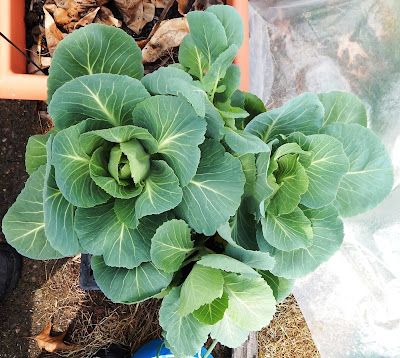
There are two reasons why people who want to eat fresh vegetables on a regular basis are not able to. The first is cost. If you live below the poverty line adding fruits and vegetables to your daily diet can be changeling. The second is availability. A staggering twenty-three million people live in what is known as food deserts.
See reference #1 at the bottom of this blog
Food deserts are defined as parts of the country vapid of fresh fruit, vegetables, and other healthful whole foods, usually found in impoverished areas. This is largely due to a lack of grocery stores, farmers' markets, and healthy food providers.
In some areas, it is easier to find a fast food joint than a store that sells fresh produce.
Kids between the ages of 6 and 14 eat fast food 157,000,000 times every month.
See reference #2 at the bottom of the blog.
The is no magic bullet to solve this problem but with one dollar, some patience, and a little ingenuity you can grow fresh veggies at home in a small area.
For as little as $0.25 you can purchase a pack of seeds. Next, you will need something to grow them in. Many first time gardeners assume that you need to run out and buy fancy pots.
Here are two starter pots, the one on the right cost twenty five cents, the one on the left was made from cutting the top off of a milk carton.
This is where your creativity comes in. Almost any container can be used to grow your vegetables. I have used old trash cans, pots even a damaged cooler with a hole in the bottom.
To the left is an old gray bin. Above is a waste paper basket.
For the past two years, I have been using this busted tote to grow my sweet potatoes in.
I wasn't about to let these old dishpans go to waste.
If you can afford an extra few dollars you can grow lettuce in window boxes. This one only cost me $3.00
Your next question may be what can I grow in containers? Don't I need a big yard? A big yard would be nice, a farm would be even better but I have learned to work with what I have. Below is a photo of what my garden looked like at the beginning of May last year.
This is an actual photo I took.
You may not be able to produce enough food to feed everyone fresh greens on a daily basis but this is a way to help you to save a few dollars and eat healthier.
Most home gardeners stick with the traditional plants like cucumbers, squash, peppers or tomatoes. Last winter I planted cabbage in my mini greenhouse. Cucumbers, peppers, and tomatoes are one and done. Next week I will explain a method that shows how to grow vegetables that can be harvested over and over again. I will also touch on community gardens.
Reference one
Food Deserts
About 23.5 million people live in food deserts. Nearly half of them are also low-income. Approximately 2.3 million people (2.2% of all US households) live in low-income, rural areas that are more than 10 miles from a supermarket.
Reference two
According to Google maps, there are close to 50,000 fast food chains across the United States, with McDonalds being the largest restaurant chain. In the world, there are more than 500,000 fast food places. Kids between the ages of 6 and 14 eat fast food 157,000,000 times every month.
Please subscribe to my YouTube Channel
Thank you













Comments
Post a Comment